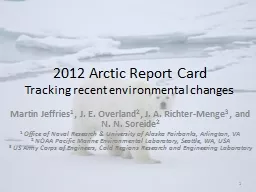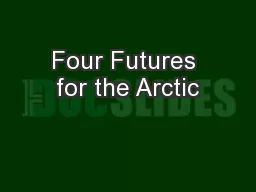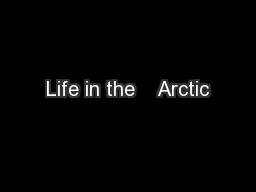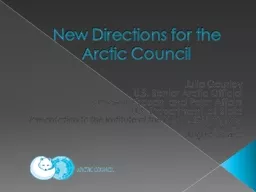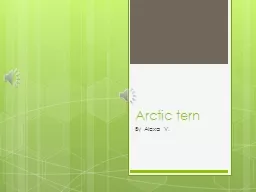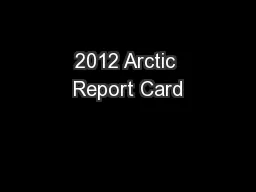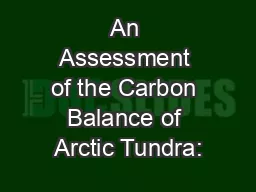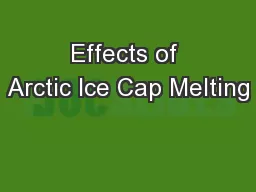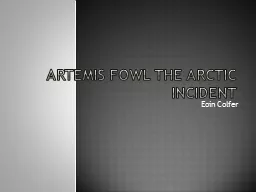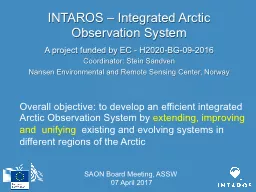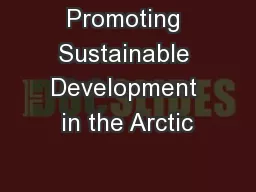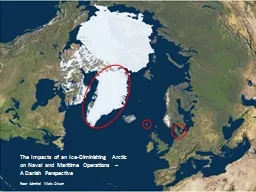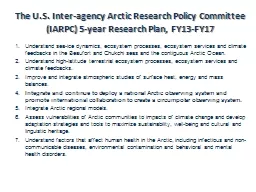PPT-2012 Arctic Report Card
Author : trish-goza | Published Date : 2018-03-12
Tracking recent environmental changes Martin Jeffries 1 J E Overland 2 J A RichterMenge 3 and N N Soreide 2 1 Office of Naval Research amp University of Alaska
Presentation Embed Code
Download Presentation
Download Presentation The PPT/PDF document "2012 Arctic Report Card" is the property of its rightful owner. Permission is granted to download and print the materials on this website for personal, non-commercial use only, and to display it on your personal computer provided you do not modify the materials and that you retain all copyright notices contained in the materials. By downloading content from our website, you accept the terms of this agreement.
2012 Arctic Report Card: Transcript
Download Rules Of Document
"2012 Arctic Report Card"The content belongs to its owner. You may download and print it for personal use, without modification, and keep all copyright notices. By downloading, you agree to these terms.
Related Documents

